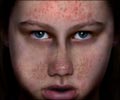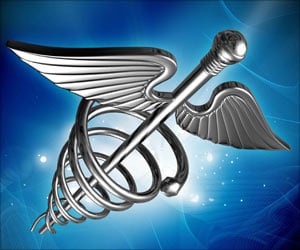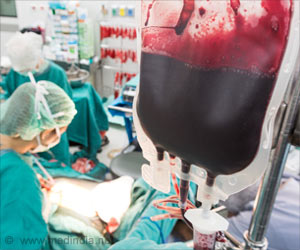Rapamycin drug can reverse autism-like social deficits in tuberous sclerosis patients but only if given earlier, finds a new study.

‘A new study highlights the crucial timing of therapy in tuberous sclerosis condition which could improve autistic-like behavior if treated earlier.’
Read More..




Tuberous sclerosis and autismRead More..
Many of the hundreds of genes that likely regulate complex cognitive and neuropsychiatric behaviors in people with autism remain a mystery. However, genetic disorders such as tuberous sclerosis complex, or TSC, are providing clues. Patients often have mutations in the TSC1 or TSC2 gene, and about half develop autism spectrum disorder.
The investigators, led by Peter Tsai, MD, PhD, at UT Southwestern Medical Center, used a mouse model in which the TSC1 gene is deleted in a region of the brain called the cerebellum.
"There were several mouse models of TSC previously published, but they all had seizures and died early in life, making it difficult to study social cognition," says Mustafa Sahin, MD, PhD, who directs the Translational Neuroscience Center and the Translational Research Program at Boston Children’s and was the study’s senior investigator.
"That is one reason why we turned to knock out the TSC1 gene only in cerebellar Purkinje cells, which have been implicated in autism. These mice have normal lifespans and do not develop seizures."
Advertisement
The new research fed off a previous study published in 2012. In that study, Sahin and colleagues treated the mutant mice starting in the first week of life with rapamycin, a drug approved by the FDA for brain tumors, kidney tumors, and refractory epilepsy associated with TSC. They found that they could rescue both social deficits and repetitive behaviors.
Advertisement
"We found that treatment initiated in young adulthood, at six weeks, rescued social behaviors, but not repetitive behaviors or cognitive inflexibility," says Sahin.
More importantly, neither the social deficits nor the repetitive behaviors responded when the treatment was started at 10 weeks. Using advanced imaging, the researchers went on to show that the rescue of social behaviors correlates with reversal of specific MRI-based structural changes, cellular pathology, and Purkinje cell excitability. Meanwhile, motor learning rescue appeared independent of Purkinje cell survival or rescue of cellular excitability.
A new clinical trial?
Based on the mouse findings, Sahin is now seeking funds to test whether early treatment can improve a broad range of autistic-like behaviors in children with TSC. Specifically, he’ll explore whether treatment as early as 12 to 24 months can help prevent both social deficits and repetitive inflexible behaviors. He hopes to see better results than in the earlier clinical trial, which involved children ages 6 to 21.
Past research indicates that different autism-related disorders may have different windows of treatment. For example, animal studies of Rett syndrome suggest that treatment can be effective relatively late in life and still improve neurological outcome.
Source-Eurekalert









